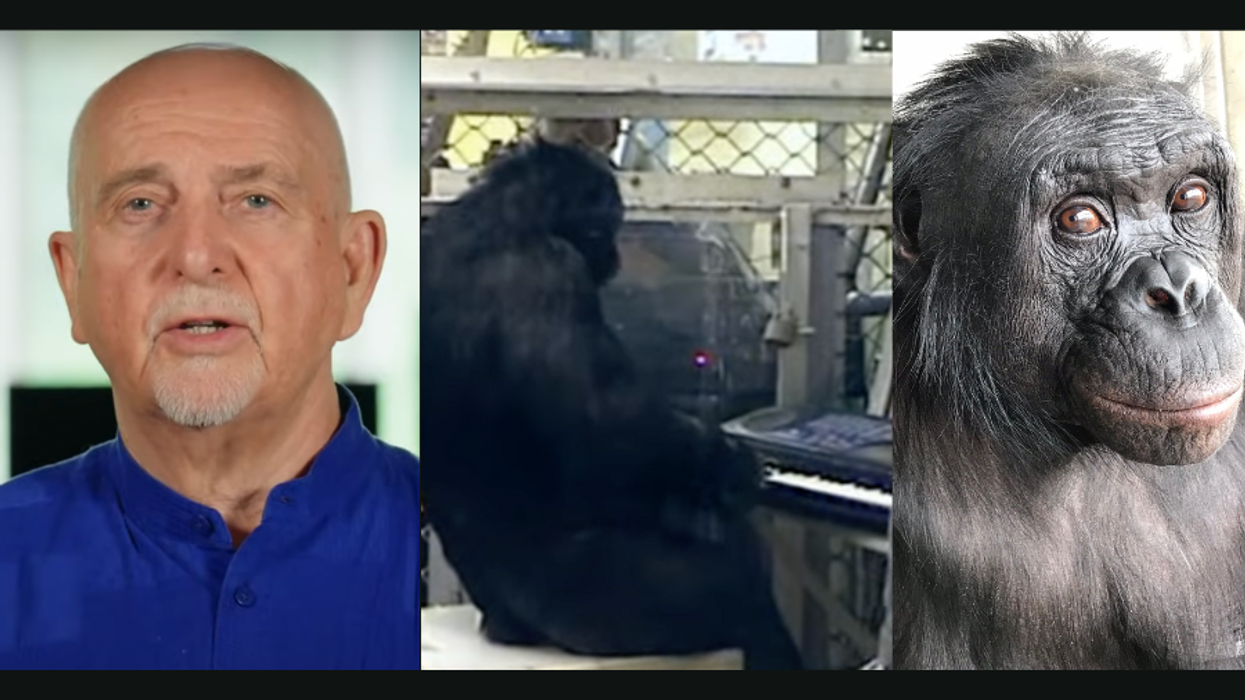Through A City Education, City Year corps members share their experiences working as tutors and mentors in schools in hopes of closing the opportunity gap and ending the dropout crisis.
In New York City, a single subway ride on the 6 train can take you from the Bronx to Brooklyn. It will also take you through some of the wealthiest areas in the country, like 77th Street in Manhattan, and to some of the poorest congressional areas in the country, like Hunts Point in the South Bronx. The stark economic differences between these areas can often stigmatize communities, so when it comes to working in the schools, it's easy to make assumptions about the students you're helping. But the real challenge I discovered, is realizing that students are not defined by their circumstances.
Right before my service year, I proudly declared to my Facebook friends that I was accepted to do my City Year and that I was going to hopefully "change some lives." I still cringe when I think about it. It alluded that the students I was going to work with needed saving. I had already pigeon-holed my students before I even met them.
In a 2009 TED Talk, Nigerian author Chimamanda Adichie, warns against the danger of giving someone—a group of people, or a place—a single story. Doing so is problematic because it takes something so complex and intricate and lumps it into a single category. It's something we do as humans, every day, whether we realize it or not.
When you mention the South Bronx being one of the poorest congressional districts, it's easy to only associate the South Bronx with that fact. The result is that it minimizes all the great things in the community, and instead it gives it a single story: poverty.
When I started my service year, I was exposed to a school system and circumstances largely different than the one I grew up in. Unknowingly, I gave the students a single story by associating them with terms like "underprivileged," and "inner-city kids." Looking back, I think it initially inhibited building relationships with some of my students because I was focused on "changing" them. I was unable to separate their actions from who they were. The student acting out in class wasn't just some "bad" kid. In reality, he was a kid with just as many hopes and dreams as any other student. Just because a student was acting out that didn't mean he had an unstable home life, uncaring parents, or other assumptions we make of the communities we serve. I was working with individuals who aspired to be athletes, pediatricians, and performers. The moment I realized that was the moment I actually broke through with some of them.
One of my students, "Alex," had grades that would make you think he was inattentive and no one to help him with his homework. Actually, he had a supportive dad and a little brother who looked up to him, he had a love of football, and, when he was focused, he had an ability to synthesize concepts in English class. Another student, "Jasmine," was often easily frustrated and distracted in class. It was easy to assume that was merely a sulky day-dreamer. She was actually a responsible big sister, had aspirations about singing like Mariah Carey (she often did so in class), had curls as quirky as her personality, and greeted me with a bright smile every day. She just needed someone to talk to and boost her self-esteem.
My students were more than their grades, their zip codes or their economic backgrounds. As the quote credited to an Aboriginal woman in Australia says, "If you have come here to save me, you can go home now. But if you see my struggle as part of your own survival, maybe, maybe, we can work together." This is a lesson I try to carry with me and remember before I make an assumption about the people I work with, or the thousands of people with different stories that I pass on the subway every day.
Image via De Visu / Shutterstock.com













